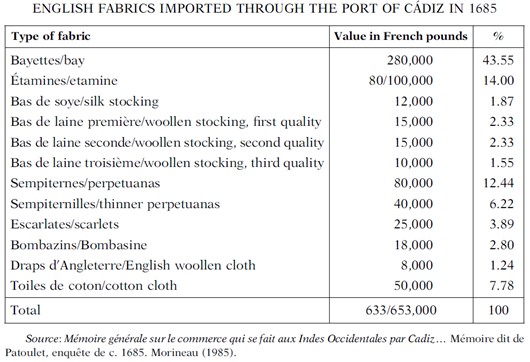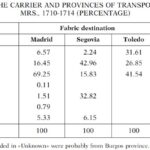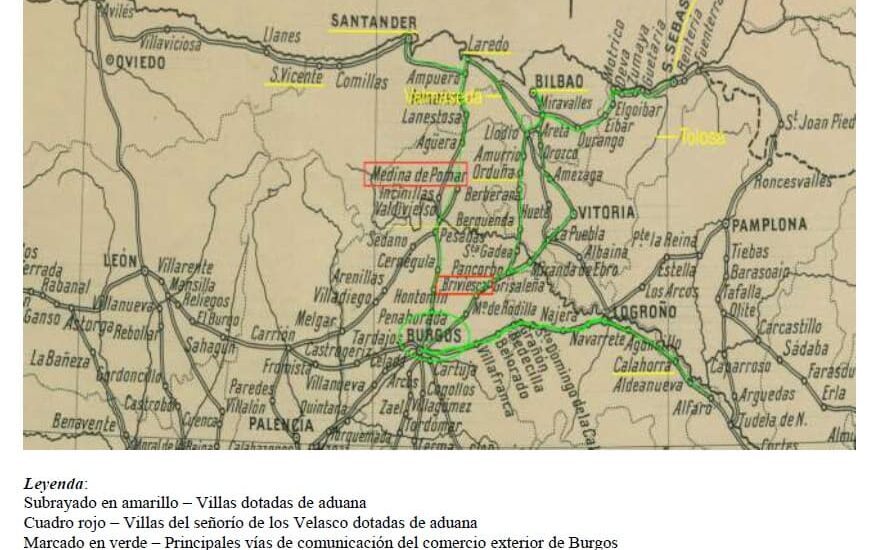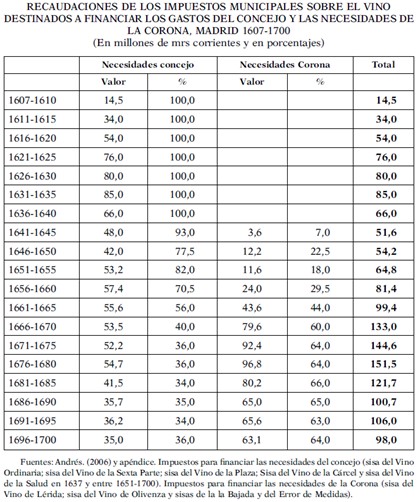
During the Modern Age, the importation of textiles into the Crown of Castile was a constant feature. The main importing country was England. Through the ports of Bilbao and Cadiz, a large volume of products such as sagra, cloths, linen and cloths arrived, but who were the Castilian merchants who imported the products? In relation to the port of Bilbao, an analysis of the place of residence reveals that the vast majority of merchants who distributed products in Madrid, Segovia and Toledo were, between 1710 and 1714, from Burgos (62.34%), followed by Álava (19.65%) and Segovia itself (5.05%). The authors point out that none of the transporters were from Bilbao, the port area, but from neighbouring territories; it was those from Burgos who specialised most in the distribution of textiles. The predominance of merchants from Burgos in the whole distribution network, with no major links between merchant, receiver and transporter from the same province, reflected a network of trust not based on family ties or proximity, but based on social capital; on the status and trust shown by the social group from Burgos.
Collection: Statistics
Project: 4. Family, daily life and social inequality in Europe.
Chronology: XVIII
Scope: Secondary Education, Baccalaureate, University
Resource type: Statistics
Format: Table
Source: Fernández-De-Pinedo Echevarría, N., y Fernández-De-Pinedo Fernández, E. (2013). "Distribution of English textiles in the Spanish market at the beginning of the 18th century", en Revista de Historia Económica, vol. 31, nº 2, p. 277.
Language: English
Date: 2013
Owner: Pablo Ballesta Fernández (Modernalia)
Copyright: ©Revista de Historia Económica ©Nadia Fernández-De-Pinedo Echevarría ©Emiliano Fernández-De-Pinedo Fernández
Abstract: Table analysing the place of residence of traders and distributors transporting products to Madrid, Segovia and Toledo, with traders from Burgos standing out
Image
Tags








